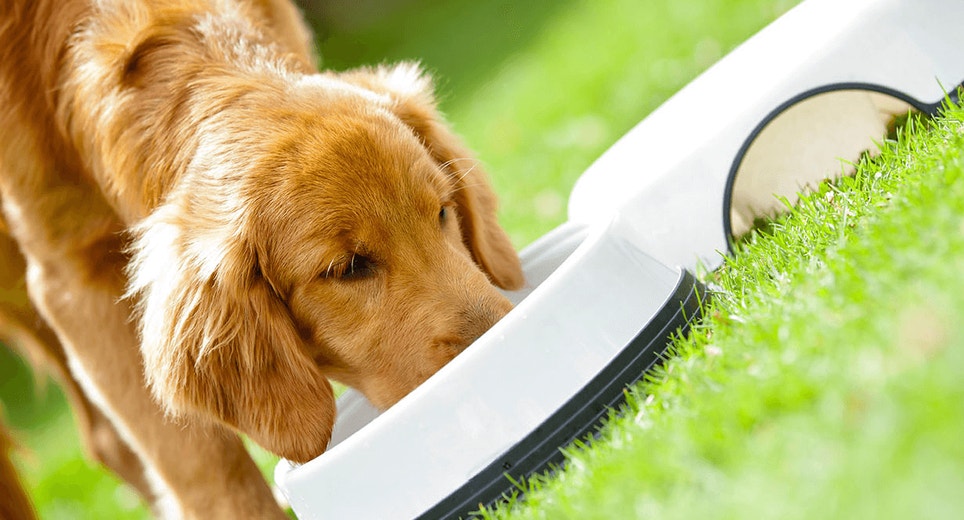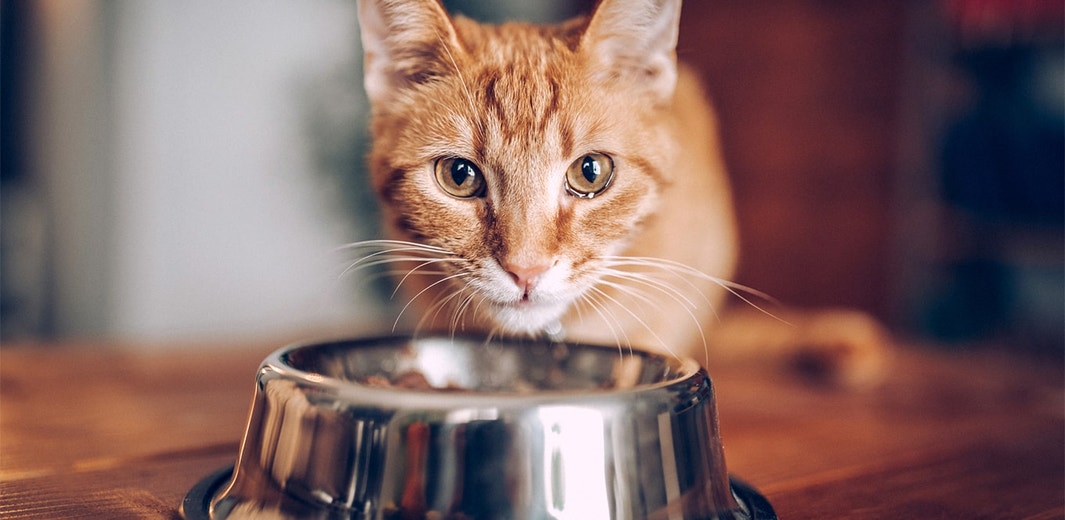
How to Choose the Right Food for Your Cat’s Unique Needs
Your cat is one of a kind, so it stands to reason that you want to choose a cat food that accounts for their unique tastes, age, breed and health concerns. But with thousands of pet foods available, how do you pick the one that’s right for your cat?
First, it’s important to understand your cat’s nutritional needs. Then, you’ll need to think about your cat’s life stage, lifestyle and any health issues, and do a bit of research on cat food types, ingredients and cost. That may sound complicated, but we’ll make it easy for you — just keep reading.
Understanding Your Cat’s Nutritional Needs
Good nutrition is as important to your cat as it is to you — but their nutritional needs are quite different! Unlike humans, a cat needs a high-fat diet with less fiber. And even if you prefer a vegetarian diet, keep in mind that cats are carnivores. They need nutrients from animal protein and fat for optimal health, and they benefit from fiber for a healthy digestive tract and carbohydrates for energy.
5 Considerations for Choosing a Cat Food
1. Think about Your Cat’s Life Stage and Lifestyle
Kittens , adult cats, nursing mothers and mature or senior cats are all examples of life stages, and each has different nutritional requirements. All cat foods should state which life stage they are recommended for — as an example, IAMS™ Healthy Kitten and Healthy Kitten Cuts in Gravy, IAMS™ Healthy Adult with Chicken and IAMS™ Healthy Senior all include the intended life stage right on the package.
Nutritional needs also vary depending on your cat’s lifestyle. A cat whose primary activity is guarding the couch doesn’t need as much energy as one who enjoys roaming outside. Does your cat need to drop a few pounds to reach a healthy weight? Foods tailored to weight management, such as IAMS™ Indoor Weight and Hairball Care, are designed to assist with healthy weight loss.
Finally, consider special medical conditions your cat may have, such as urinary tract issues, sensitive digestion or a dull, dry coat — many IAMS™ cat foods are formulated to help address specific health concerns. If your cat has food allergies, they might require a special diet recommended by your veterinarian.
2. Decide on Dry or Wet Cat Food
Once you’ve determined your cat’s life stage and lifestyle needs, decide whether to feed dry or wet food. Most cats thrive on only dry food. This type of food promotes oral hygiene and health as they crunch it up. Some cats, especially finicky eaters, enjoy the smooth, wet texture of canned or pouch foods. Many owners also mix wet food and dry to give their cats the best of both worlds!
Remember: While dry food can be left in a bowl all day, wet food should be thrown away after 30 minutes if not eaten. Want to serve a fresh, perfectly portioned wet food with an easy-open pack that cuts down on the mess? IAMS™ PERFECT PORTIONS™ wet cat foods come in a variety of flavors and are tailored for different life stages.

3. Compare Labels
Because cats need the nutrients found in animal sources, it’s best to pick a food in which a primary ingredient (one of the first ones listed) is an animal-based protein source such as chicken, lamb, fish, egg or one of their by-products. These ingredients contain all the essential amino acids your cat needs, including taurine, which isn’t found in a plant-based protein source. Some foods, such as IAMS™ High Protein, contain a high concentration of animal-based protein sources like chicken and salmon to feed your cat’s carnivore nature and keep them ready to pounce.
Foods that include a combination of carbohydrates in your cat’s diet, such as corn meal or barley and grain sorghum, ensure efficient absorption of nutrients and help maintain energy levels. And beet pulp is an excellent fiber source that promotes a healthy digestive tract.
For a soft, thick coat and healthy skin, your pet needs fatty acids like those found in vitamin-rich fish oils and quality fat sources such as chicken.
4. Seek Out Quality
Cat food labels provide limited information on the nutritional value of your pet’s food because labeling regulations do not allow manufacturers to describe the quality of ingredients on the package. A reputable pet food manufacturer can explain how they evaluate and ensure the quality of their products.
5. Compare Prices
When choosing cat food, the saying “You get what you pay for” definitely applies. A low price may indicate cheap ingredients or ingredients that change as manufacturer costs fluctuate. So while price is an important factor, it shouldn’t be the only one you consider.
Plus, many lower-priced products recommend higher daily portions to provide the same amount of nutrition found in a high-quality diet. To get a better idea of cost, it is the cost per feeding, not the total cost, that counts.
To figure out the cost per feeding for a cat food, divide the total cost by the number of days the product lasts. For example, a 20-pound bag of food that costs $18.99 and lasts 30 days is $0.63 per day. A 20-pound bag that costs $15.99 and lasts 20 days costs $0.80 per day. When compared closely, high-quality pet foods tend to come out on top, from both a nutritional and a cost standpoint.




